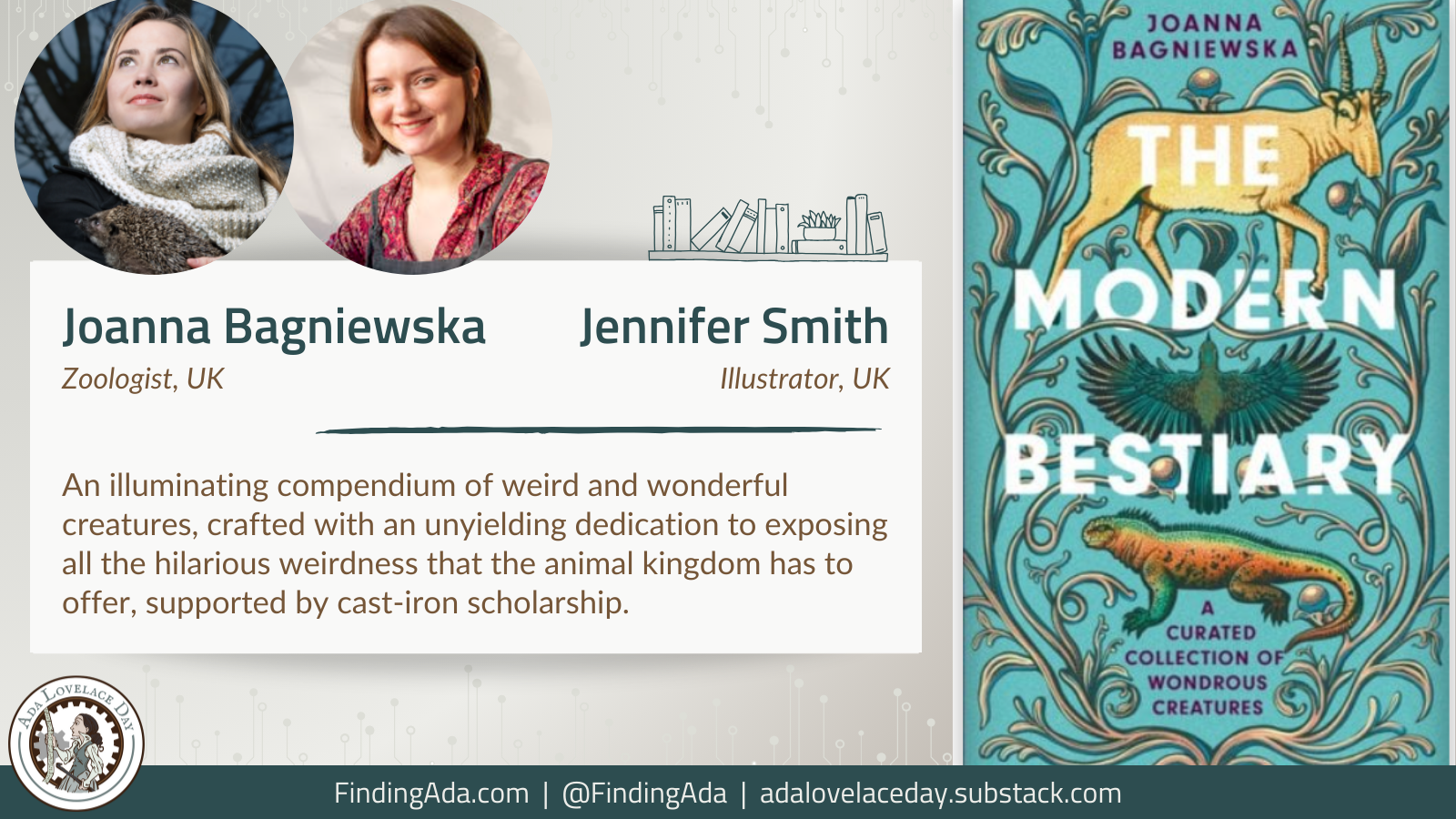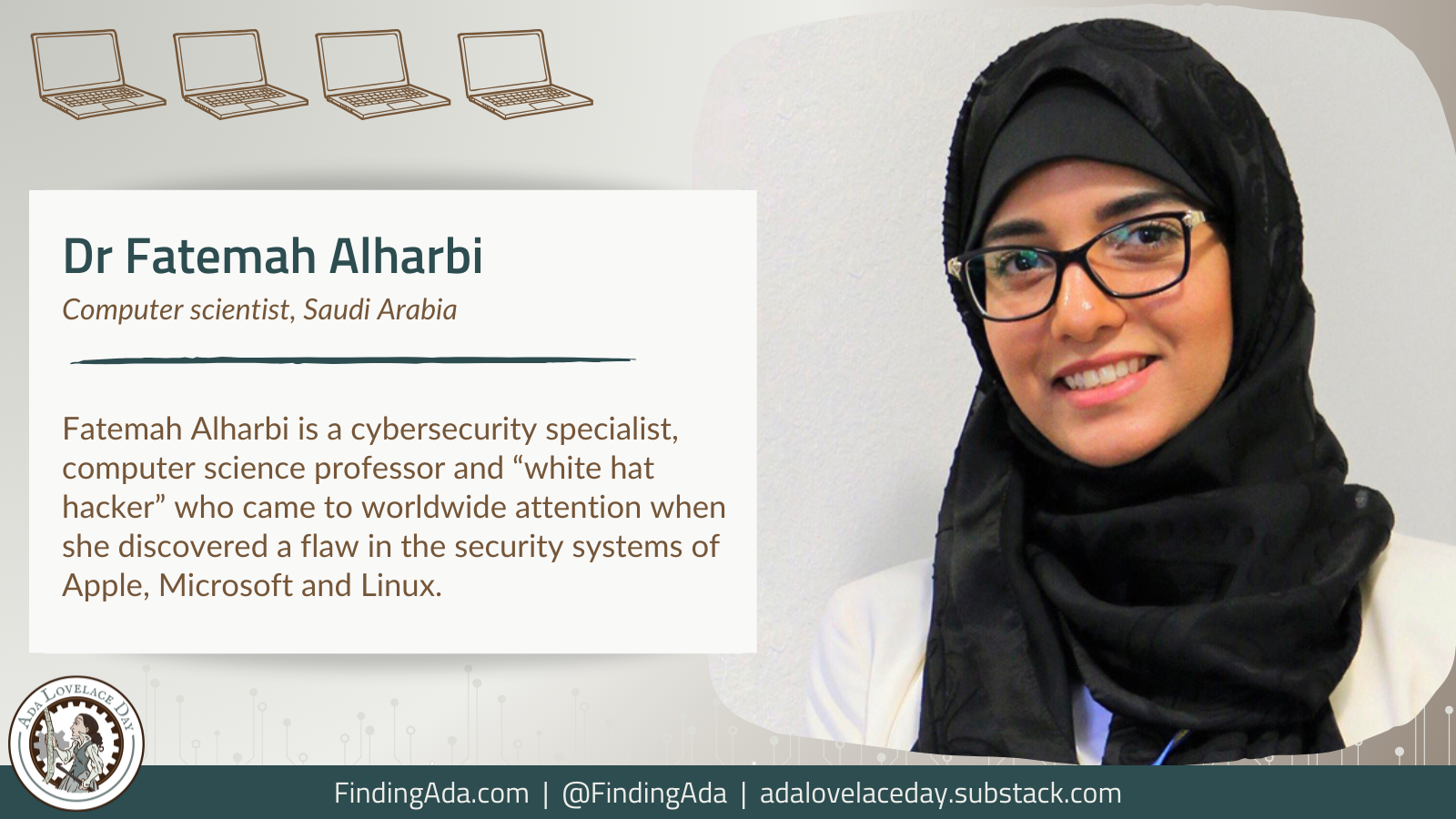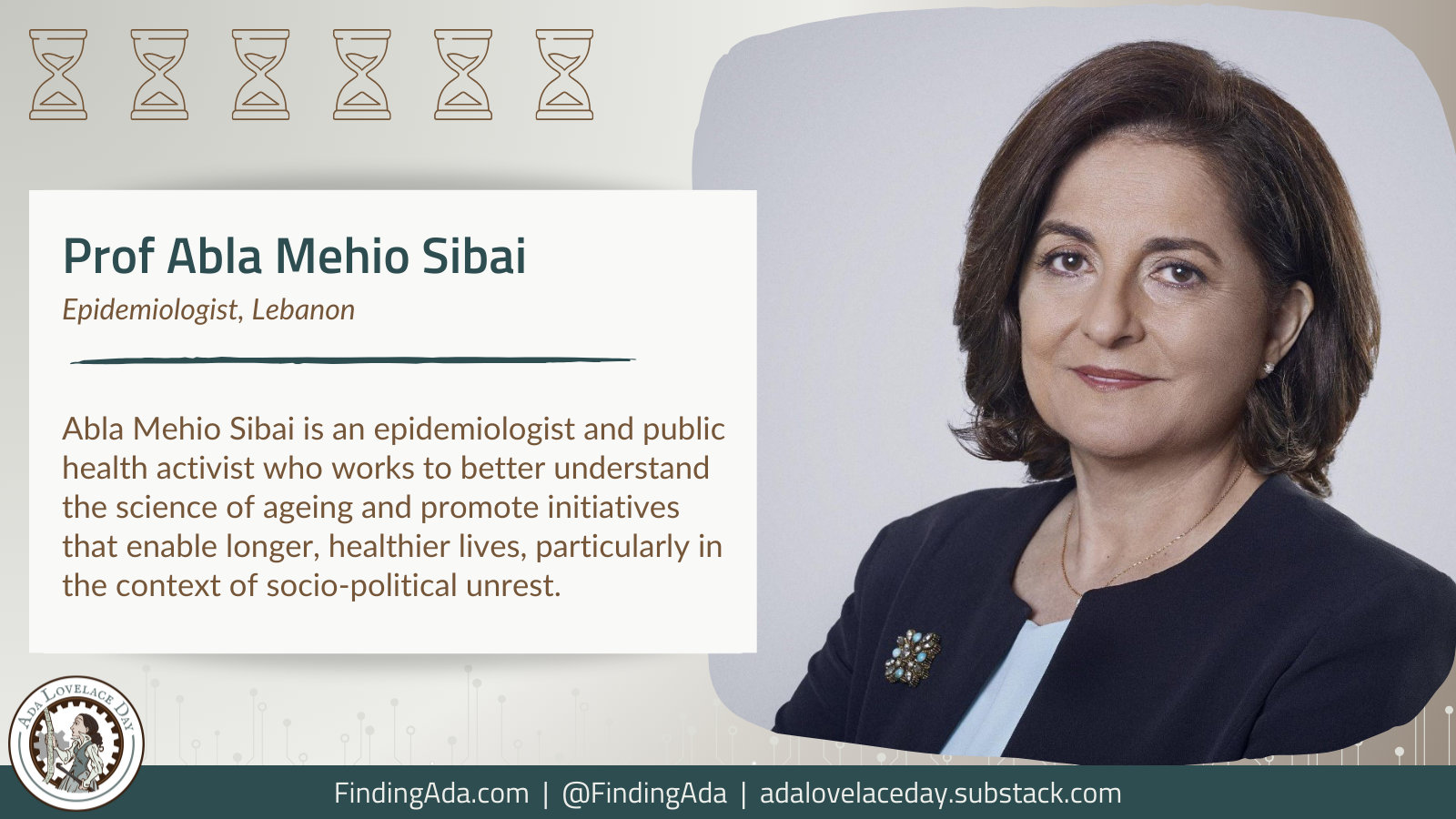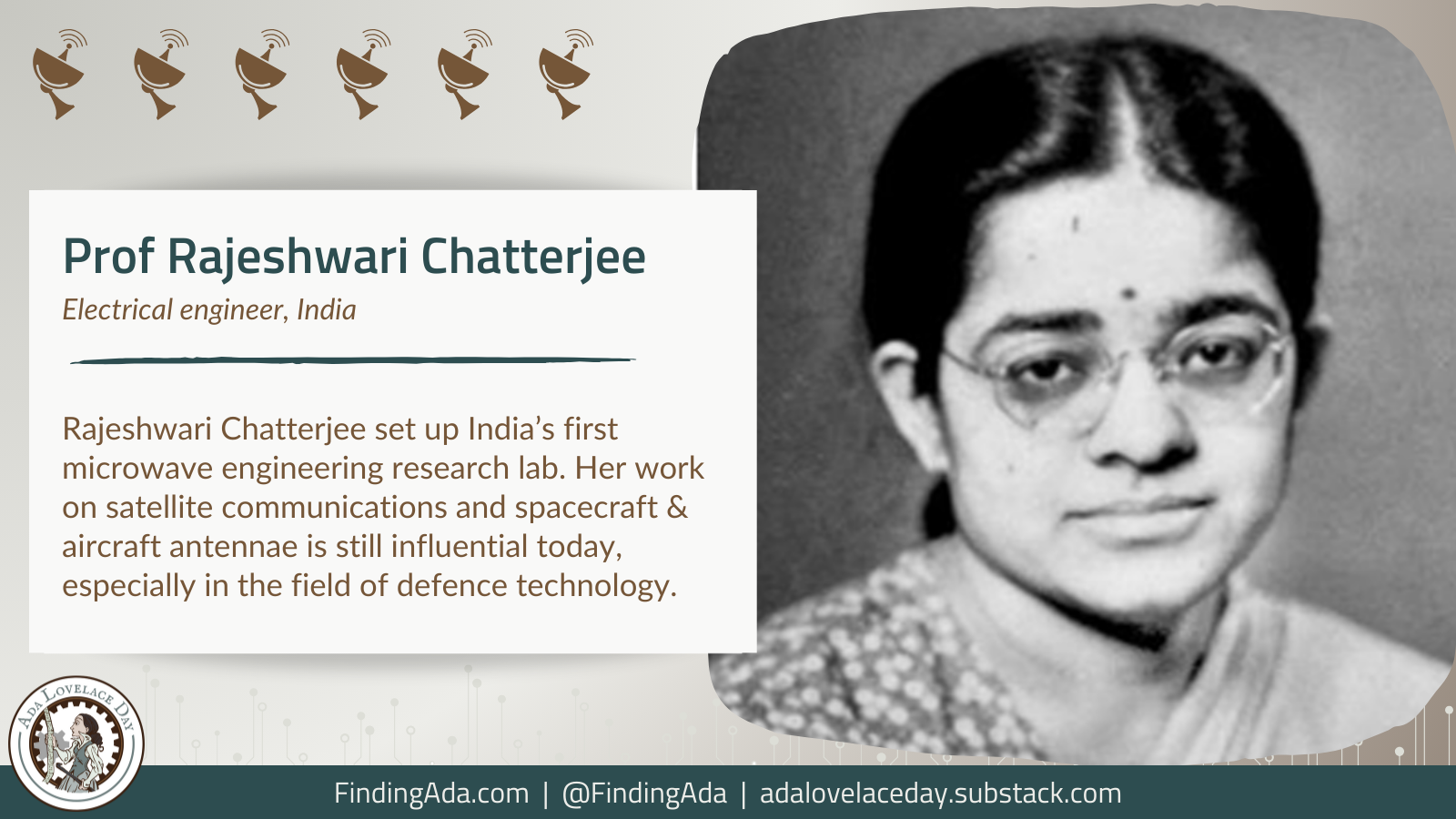The Modern Bestiary: A Curated Collection of Wondrous Creatures, Joanna Bagniewska & Jennifer N.R. Smith
Written by a zoologist with a flair for storytelling, The Modern Bestiary is a fascinating celebration of the animal kingdom. From the familiar to the improbable, the gross to the endearing, The Modern Bestiary is a compendium of curious creatures. It includes both animals that have made headlines and ones you’ve probably never heard of, such as skin-eating caecilians, harp sponges, or zombie worms (also known as bone-eating snot-flowers).
Organised by the basic element in which the animal lives (earth, water, air), The Modern Bestiary contains well-known species described using new, unexpected angles (rats that drive cars; fish that communicate by passing wind), as well as stranger and lesser-known creatures such as carnivorous mice that howl at the moon, cross-dressing cuttlefish, and antechinuses – small marsupials that literally mate themselves to death. Finally, there are the ‘aliens on Earth’ – the incredible, the surreal, the magical – such as tardigrades, tongue-eating lice, and immortal jellyfish, creatures so astonishing that they make unicorns seem rather commonplace.
The Modern Bestiary is an illuminating compilation of weird and wonderful creatures that provides engaging, accessible, and humorous insights into the wonders of the natural world. Each animal profile is crafted with affection and is supported by cast-iron scholarship and an unyielding dedication to exposing all the hilarious weirdness that the animal kingdom has to offer.
Order the book on Bookshop.org.uk.
About the Author
Dr Joanna Bagniewska is a zoologist and science communicator. Her interests span behavioural ecology, wildlife conservation, and broader issues such as women in science and the internationalisation of science. She is a teaching fellow in Ecology and Zoology at the School of Biological Sciences, University of Reading. She also serves as the Communications and Public Engagement Officer at the Department of Paediatrics, University of Oxford, and is a course co-ordinator for the Oxford Teacher Seminar, Oxbridge Academic Programmes.
As a science communication coach Dr Bagniewska has collaborated with the British Council, Copernicus Science Center, the Society for Conservation Biology, the British Ecological Society, and the London International Youth Science Forum, among others.
You can follow Joanna Bagniewska’s work here:
Twitter: @JMBagniewska
Website: joannabagniewska.com
LinkedIn: joannabagniewska
YouTube: youtube.com/c/JoannaBagniewskaDPhil
About the illustrator
Jennifer Smith is an award-winning illustrator, author and the director of WonderTheory Studio, based in Bristol. She studied Drawing at Camberwell, UAL, and is also a qualified medical illustrator, using her creative and technical training in tandem.
In 2020, she completed her training in Medical Illustration with the Medical Artists Education Trust, receiving a distinction for her work, and became a fully certified member of the Medical Artist’s Association. WonderTheory was launched shortly after, to deliver an approach to informative illustration that resonated with her own experiences of learning and engagement.
She has since been shortlisted for the World Illustration Awards two years running, the Huion Innovation Award, the 2022 V&A Illustration awards, the 2023 Communication Arts Award, and was a Distinguished Merit winner in the 2023 3×3 illustration awards.
You can follow Jennifer Smith’s work here:
Twitter: @wondertheoryart
Instagram: @wonder.theory
Website: wondertheory.co.uk
With thanks to Synergy for their support.




